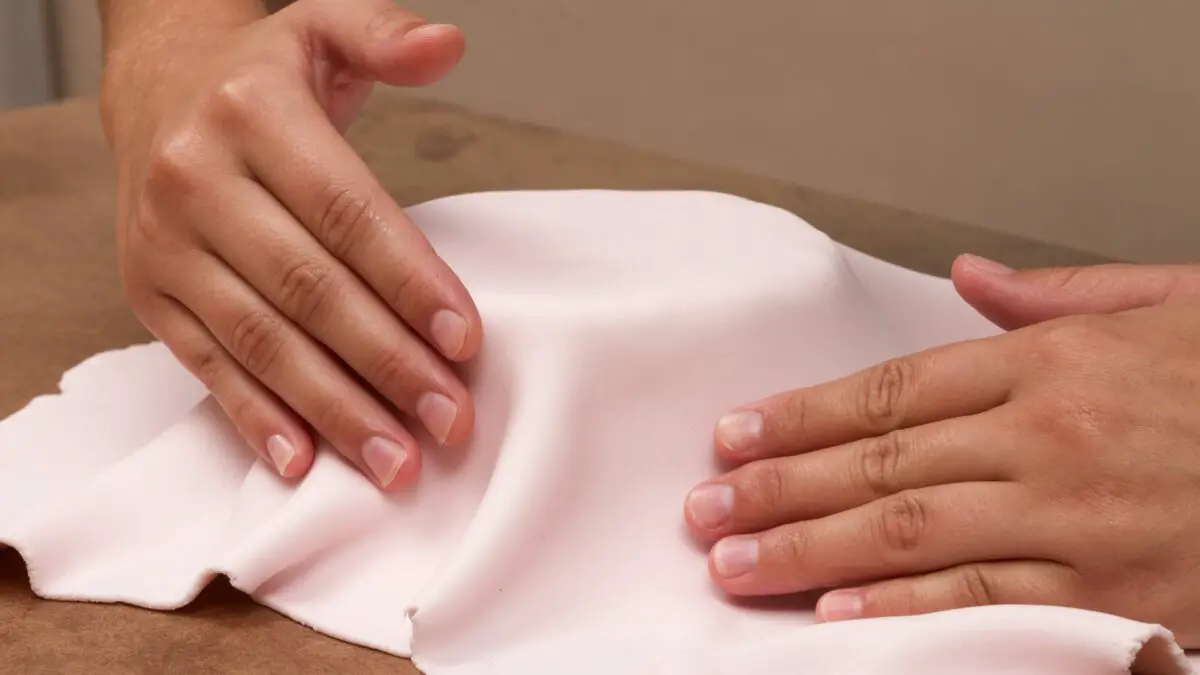Last Updated on February 8, 2023
Fondant is a great tool for decorating cakes to have a smooth, elegant finish. Knowing how to soften hard fondant is key to making it pliable and easy to work with so you can create the most beautiful cakes. Luckily, there are some simple ways to soften your hard fondant so you won’t have to throw it out.
Fondant can be tricky to work with and can some experience to get right. However, once you have the technique down you can make some incredible cakes that are bakery worthy. These tips to soften hard fondant will make the process much easier.
What Is Fondant?
Fondant is a form of icing that is used for decorating cakes and other baked goods. It gives cakes a smooth, clean finish when it is rolled out, placed on the cake, and then formed to the cake. This creates a great base for adding more decorations and creating a smooth surface.
Fondant can also be used to make trimmings, borders, and decorations on cakes. It is pliable, easy to shape, and a common tool for decorating cakes.
Fondant icing is often made of sugar, water, and corn syrup. For sculpting and shaping, gelatin or glycerin is typically added to make decorations better hold their shapes. Fondant can also be made with powdered sugar and mini marshmallows.
Food coloring can be added to fondant to create different colorful creations. While it is edible, some people are not a fan of its taste and consistency. While it may not be as tasty as buttercream frosting, it is better for creating intricate decorations.

How To Soften Hard Fondant
Fondant that is hard is difficult to work with. It often cracks and is much harder to roll out and smooth on a cake. It can also be difficult to create decorations if your fondant becomes too hard.
Fortunately, if your fondant becomes too hard you do not have to throw it away as there are ways you can soften it. How to fix dry fondant can be relatively easy as long as you follow the right steps.
Whether you use store-bought fondant or make it yourself, fondant can harden. There are a couple of different methods you can use in order to soften your fondant so you can make it easy to work with once again.
Use glycerin
Add one teaspoon of glycerin for every pound of fondant. Knead the glycerin into the fondant until it is well incorporated. The glycerin will help trap some water molecules in the fondant, rehydrating it and making it easier to work with.
Instead of glycerin, you can also use shortening instead. Follow the same methods for shortening as you would glycerin.
Use a food processor
If you have a food processor, you can use it as a tool to soften your shortening. Simply add your fondant to your food processor and run it for a few seconds.
The movement and small amount of heat the food processor produces will help to soften it back up so it is easy to work. This method is best for small batches of fondant. It is also a method you can use when coloring fondant.
Microwave your fondant
The microwave is another way to soften your fondant. Simply place your fondant in a microwave-safe bowl and microwave in 10-second intervals. Repeat the process until the fondant is soft and pliable, adding some vegetable shortening to your hands when working with the fondant.
Can you melt fondant?
When softening your fondant in the microwave, you only want to heat it until it is softened not melted. By heating it in 10-second intervals, you can control it from melting. Fondant can melt and when it does you won’t be able to roll it out or shape it.
Properly Storing Your Fondant
Properly storing fondant is key to preventing it from hardening and drying out. To store your fondant, roll it into a sheet or shape it into a log. Then, cover it with a layer of vegetable shortening and cover it with plastic wrap.
Store your fondant in a cool, dry area away from sunlight. Your fondant will last for about two hours at room temperature when properly stored.
Tips For Working With Fondant
Working with fondant can be intimidating if you have never done it before. However, there are some handy tips that can make it easier so you can create beautiful cakes.
Practice first
If you have never made a cake with fondant before it is good to practice first before making a cake for a special event. Practice rolling it out, covering your cake, and trimming off the excess.
Try your hand at different cake decorating tools to learn how to smooth fondant. It is also a good opportunity to learn how to fix cracks in fondant and how to avoid them as well.
Give it time to dry
When making fondant decorations, give them time to dry before adding them to your cake. If they aren’t dry yet, they may fall apart when you try to put them on your cake. Let them dry overnight or in front of a fan for one to two hours.
Avoid overworking it
Avoid overworking your fondant as this will only lead to problems. If you roll out or handle your fondant too much it can cause it to become dry, stiff, and crack. Adding some vegetable shortening to your hands and work surface can help prevent your shortening from drying out if you are working it a lot.
How To Soften Hard Fondant: Everything To Know
When working with fondant, it can become hard and difficult to work with. Fortunately, by adding glycerin or vegetable shortening, using a food processor, or microwaving your fondant you can help soften it. Your fondant will be much easier to work with when it has been softened.
Do you have any questions regarding how to soften hard fondant? If so, please ask your questions about working with fondant in the comments below.

Ever since she was a young girl, Anna has been a lover of desserts. As an adult, she enjoys
baking a variety of desserts from cakes, cookies, brownies, bread, and more from scratch. She
enjoys sharing her passion for baking with others who also have a sweet tooth. From properly
measuring ingredients to making sure they are the correct temperature, Anna knows the
importance small details can make in baking. She wants to share her experience with others in
hopes they can make the most delicious baked goods. When she’s not busy blogging, Anna
enjoys trying new recipes in the kitchen.


